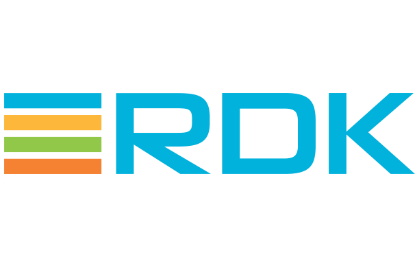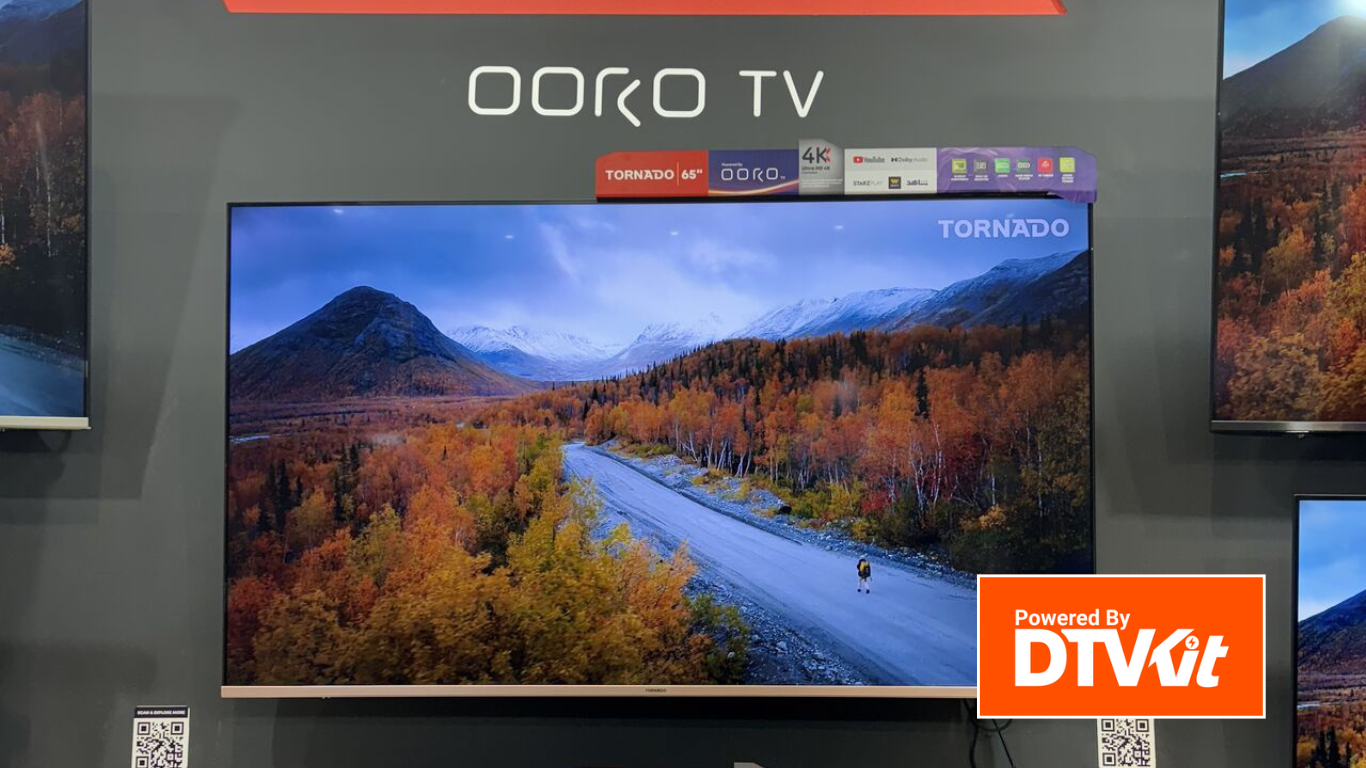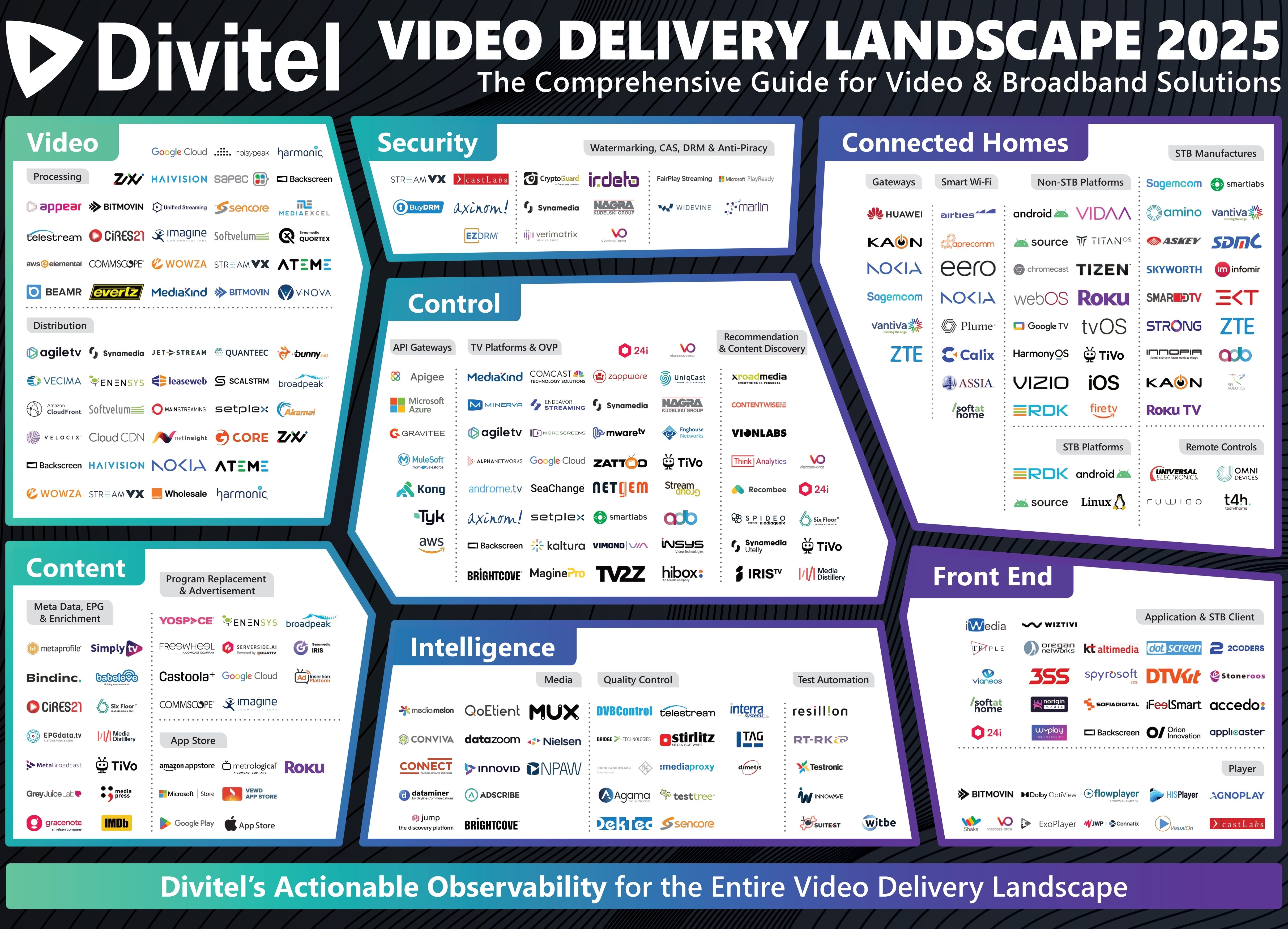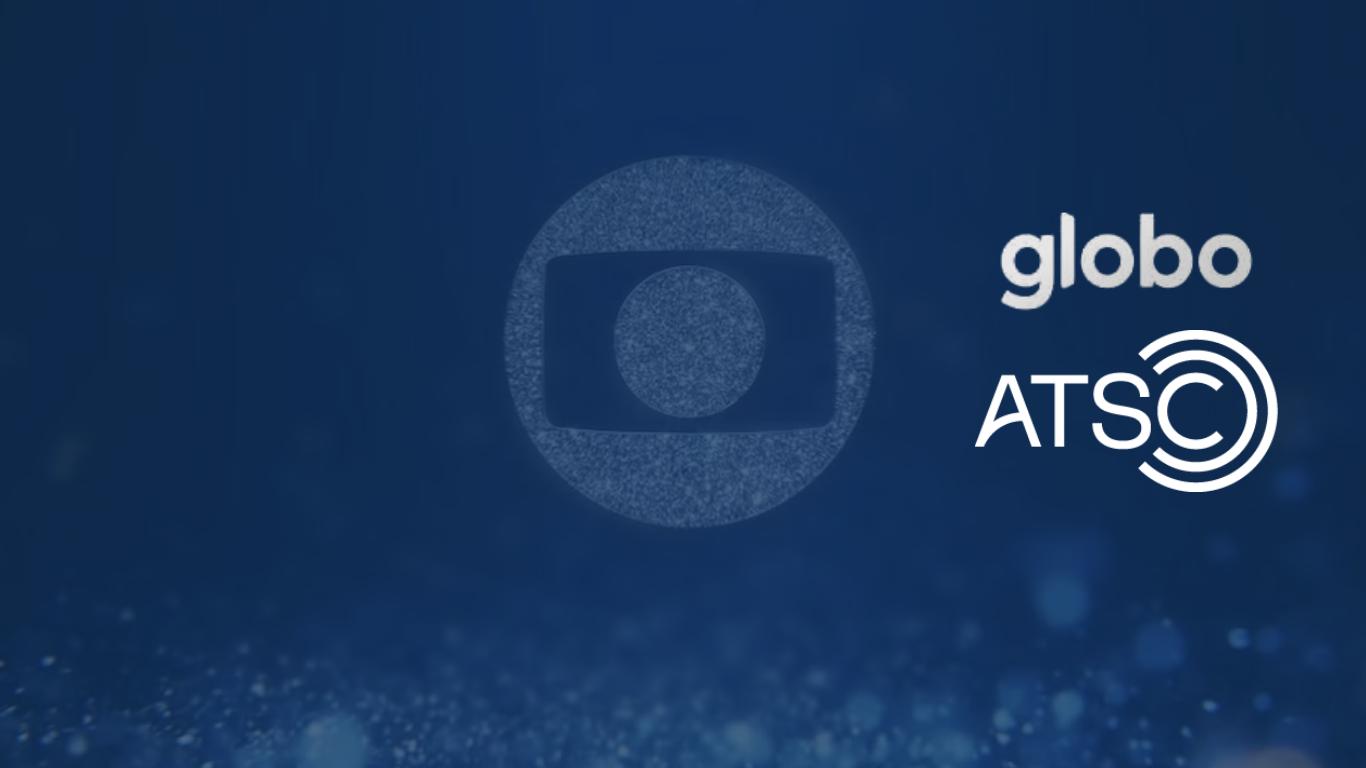At the 2020 RDK Virtual Euro Summit, RDK Management today announced the availability of RDK4 – the newest generation, an open-source software platform used to power customer-premise equipment (CPE) for video service providers worldwide. RDK4 provides a carrier-grade software stack optimized for deploying apps and managing core technical functions of set-top boxes.
“RDK4 is the culmination of a joint development between the RDK community and leading app companies,” said Steve Heeb, president of RDK. “Our newest software release makes it even easier to develop, test, and deploy video apps across set-top boxes. And the new modular plug-in architecture makes it simpler to implement specific technical features or services, based on the individual needs of service providers.”
Heeb continued, “The combination of the Firebolt App Platform, Lightning App Language, and Thunder modular approach gives service providers even greater versatility, and we are actively working with leading app companies to pre-integrate with RDK4. In addition, as part of the RDK Video Accelerator program, RDK4 is available on a portfolio of set-top boxes that are pre-loaded with the Metrological App Store and enable operators to develop new Lightning-based UX’s and apps. Ultimately, RDK4 continues to enable service providers to benefit from common community development, while retaining control of their apps, device data, and customer experience.”
RDK4 Benefits and Architecture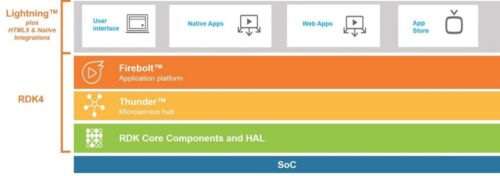
RDK4 makes it easier for companies to develop and deploy TV applications, independent of their RDK expertise or experience. It provides standardized APIs that enable operators to integrate new user interfaces, apps and app stores, all using the super-efficient Lightning app development language and open-source SDK. Lightning is used to create a lightweight yet high-performance apps and UIs, optimized for use with Firebolt and RDK’s WPE WebKit browser. Although RDK4 is designed for use with Lightning, it also supports the use of HTML5 Web apps and native streaming video apps integrated through Firebolt.
At the top layer of RDK4 is the Firebolt application platform. Firebolt provides a common way of supporting Lightning, HTML5, and native streaming apps within RDK. For example, Firebolt exposes common interfaces such as video playback, DRM, graphics, and video security, enabling each app provider to integrate their app to the RDK in a consistent way. Firebolt is flexible and works with a wide variety of DRMs and SoC video security integrations, and includes a full-featured WPE WebKit browser. With Firebolt, the RDK community aims to help service providers accelerate the rigorous certification processes required by today’s leading premium video app providers.
Beneath RDK Firebolt is an architectural communication layer, or modular microservices layer, called Thunder, used for app life cycle management that facilitates communication between Firebolt and RDK core components. RDK core components are used by operators to help manage essential video functions, including video tuning, diagnostics, telemetry and operator-specific requirements, such as DVB, Wi-Fi management, and others.
RDK4 is also available as part of the RDK Video Accelerator program, which provides development and deployment-ready set-top boxes from leading OEMs and chipset suppliers including CommScope, Humax, KAON, Skyworth, Broadcom and Amlogic. These set-top boxes come pre-integrated with the Metrological App Store and RDK4 so operators can instantly see the performance of apps and the new app platform.
While RDK4 is focused on video, RDK also provides software profiles for broadband gateways and IP-connected cameras. A key benefit of implementing RDK across multiple devices is that operator requirements such as provisioning, data diagnostics, and telemetry are consistent across all RDK software profiles, enabling service providers to manage video, broadband, and cameras in a uniform way. RDK now powers more than 60 million devices deployed by service providers around the world.
To find out more about the DTVKit RDK solution, please click here!
Source: Digital TV News

